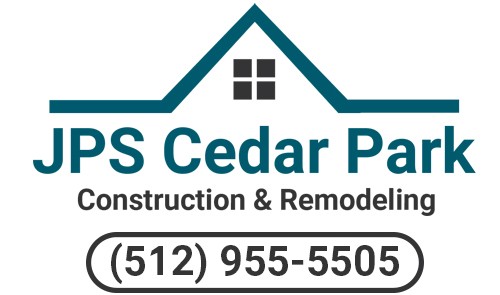When it comes to home improvement projects, it’s essential to grasp the difference between “renovation” and “remodeling.” While these two words are often used interchangeably and often confused with one another, they hold distinct meanings from each other that can significantly impact how you communicate your project’s scope to contractors. To ensure a successful endeavor, let’s explore the differences between renovation and remodeling, and determine which option suits your needs best.
The Difference Between Renovation and Remodeling
To differentiate renovation from remodeling, consider their respective objectives first. Renovation involves revitalizing a space, making it look and feel new while retaining its existing layout and structure. On the other hand, remodeling entails entirely transforming something old into something new by reconfiguring the space, which might include removing walls, rearranging floor plans, or adding new elements like new room additions such as bathrooms or closets.
The Renovation Process
Renovation projects are generally more DIY-friendly and less complex than remodeling projects. Tasks like painting, installing new flooring, refacing cabinets, and updating light fixtures can be easily accomplished by even novice DIYers. In most cases, renovations may not require permits, depending on local building codes, making them more accessible to homeowners.
Sometimes, renovating might involve structural changes when updating finishes. For instance, replacing laminate flooring with tiles may require additional support beams and a new subfloor to ensure the tile’s stability and prevent cracking.
Examples of Renovation Tasks:
1. Refinishing floors
2. Interior and exterior painting, e.g. walls, patio
3. Refacing cabinets
4. Swapping light fixtures
5. Updating plumbing fixtures
6. Changing door hardware
7. Adding trim
The Remodel Process
Remodeling projects, in contrast, are more extensive and involve entirely restructuring and altering a property. Tasks like removing walls, reconfiguring floor plans, adding central air conditioning, building room additions, finishing basements, or creating a deck or patio fall under the remodeling category. These projects often require permits and approval from local authorities, especially for historically registered properties.
The remodeling process necessitates professional expertise, as it involves working with complex infrastructure elements like electrical wires, plumbing systems, and load-bearing walls.
Examples of Remodel Tasks:
1. Removing walls to open up spaces
2. Altering floor plans for better functionality
3. Installing central AC for improved climate control
4. Adding room additions for extra space
5. Finishing basements for additional living areas
6. Constructing a second level for increased capacity
7. Building decks or patios for outdoor leisure spaces
Cost and Value: Renovation vs. Remodel
From a financial perspective, renovations generally cost less than remodels. Simple tasks like refacing cabinets and updating plumbing fixtures are more budget-friendly than the structural changes often required for remodeling. However, after structural changes, homeowners will still need to invest in new finishes and fixtures, essentially combining renovation and remodeling expenses.
It’s important to note that remodeling costs might not be readily apparent, as they often involve hidden expenses. For instance, removing a wall might reveal the need to reroute electrical wires, water lines, or ductwork, adding complexity and red tape to the project. Additionally, load-bearing walls might require expensive beams for support.
As renovations involve fewer upfront costs, they often yield a higher return on investment (ROI) compared to remodeling. A renovated home appears updated and move-in ready, which appeals to buyers. Remodeled homes can also attract buyers, but they may require a higher investment to complete the project. However, it’s worth considering that not all improvements lead to significant returns when selling a home.
Understanding the differences between renovation and remodeling is crucial for effectively communicating your home improvement project to contractors and ensuring its success. Renovations are more suitable for DIY enthusiasts and generally have a higher ROI, while remodels require professional expertise and investment that can lead to valuable enhancements to your property.
Choosing between renovation and remodeling could be somewhat challenging, but fret not! At JPS Cedar Park Construction and Remodeling, we’ve got you covered. As a reliable general contractor located in Cedar Park, Texas, we offer expert guidance to kickstart your project on the right foot. Navigating local regulations and building codes can be daunting, but worry not. Our team is well-versed in handling all the necessary permits and approvals, making the entire process hassle-free for you. You can rest assured that your project will proceed smoothly and in compliance with all relevant requirements.
From the very beginning to the final touches, we prioritize transparency, ensuring you stay informed and in control throughout the process. Our dedication to quality craftsmanship guarantees exceptional results that exceed your expectations. Your satisfaction is our ultimate goal, and we take pride in bringing your dream home to life!
Whether you choose renovation or remodeling, thorough planning and consideration of the project’s scope and budget are essential for achieving your desired outcome. Always prioritize quality workmanship and adhere to local regulations for a successful and rewarding home improvement experience.







